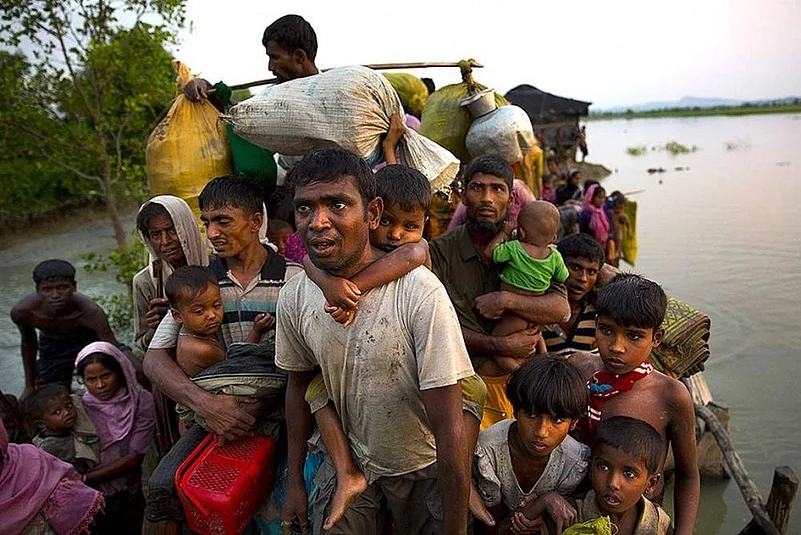Nearly 150,000 Rohingya refugees have fled Myanmar and crossed into Bangladesh over the past 18 months, marking the largest surge of displacement since the mass exodus of 2017, the United Nations said on Friday.
The United Nations High Commissioner for Refugees (UNHCR) confirmed the alarming figure during a briefing in Geneva, attributing the increase to renewed persecution and escalating violence in Myanmar’s troubled Rakhine State.
“Targeted violence and persecution in Rakhine State and the ongoing conflict in Myanmar have continued to force thousands of Rohingya to seek protection in Bangladesh,” UNHCR spokesperson Babar Baloch told reporters.
According to the agency, up to 150,000 Rohingya have sought refuge in Bangladesh’s Cox’s Bazar district since early 2024, adding to an already overstretched humanitarian crisis. The region is home to one of the world’s largest refugee populations, with approximately one million Rohingya living in overcrowded camps following the brutal 2017 military crackdown in Myanmar that drove out over 750,000 people.
“This movement of Rohingya refugees into Bangladesh, spread over months, is the largest from Myanmar since 2017,” Baloch noted, emphasizing the sustained and systematic nature of the crisis.
He also praised Bangladesh’s continued role in offering sanctuary. “Bangladesh has generously hosted Rohingya refugees for generations, despite enormous challenges,” he said.
However, the refugee camps in Cox’s Bazar—spanning just 24 square kilometers (around nine square miles)—are now among the most densely populated places on Earth, straining resources and raising concerns about safety, health, and living conditions.
International aid agencies have repeatedly called for increased global support and diplomatic pressure to address the root causes of the Rohingya crisis and to create conditions for safe, voluntary, and dignified returns to Myanmar. But with the military junta tightening its grip and violence intensifying, such prospects remain bleak.
As the humanitarian situation continues to deteriorate, the UN’s latest figures underscore both the severity of the crisis in Myanmar and the urgent need for sustained international response and regional cooperation.


























